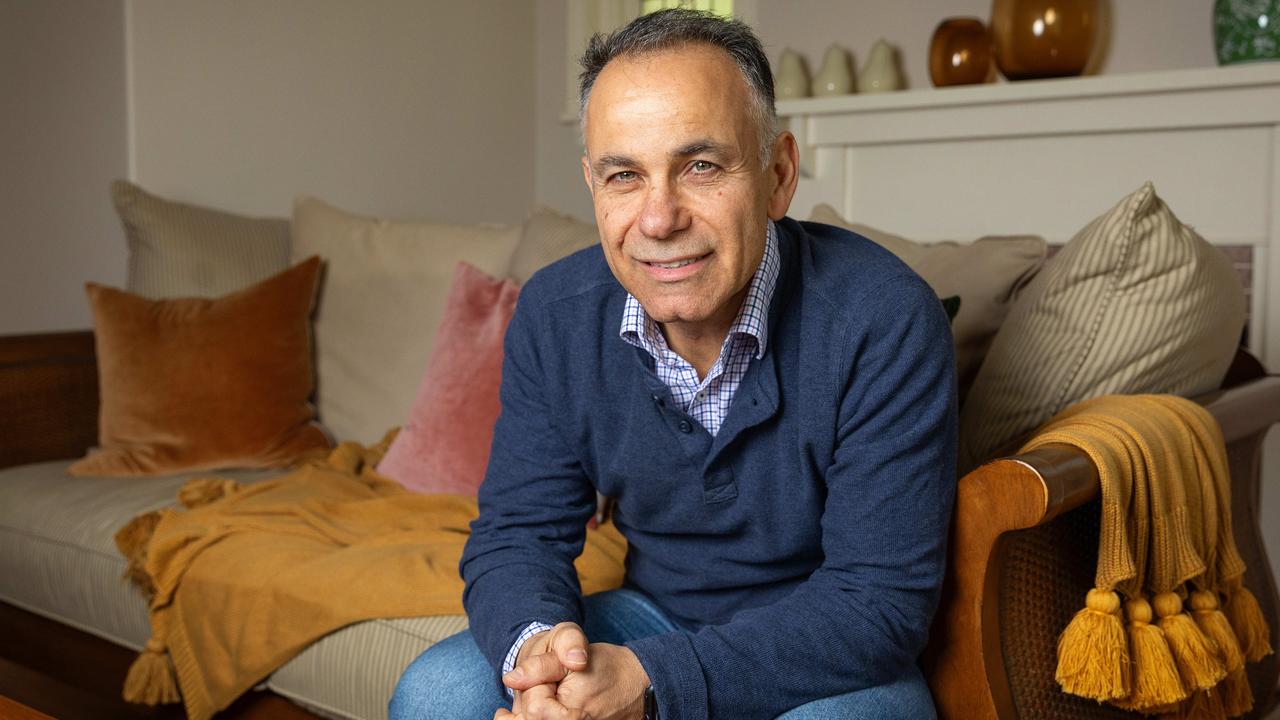Mitchell Toy: Surprising origins of Victoria’s daylight saving
The end of daylight saving marks an extra hour’s sleep and changing of smoke alarm batteries for many, but did you know the origins stem from World War I?
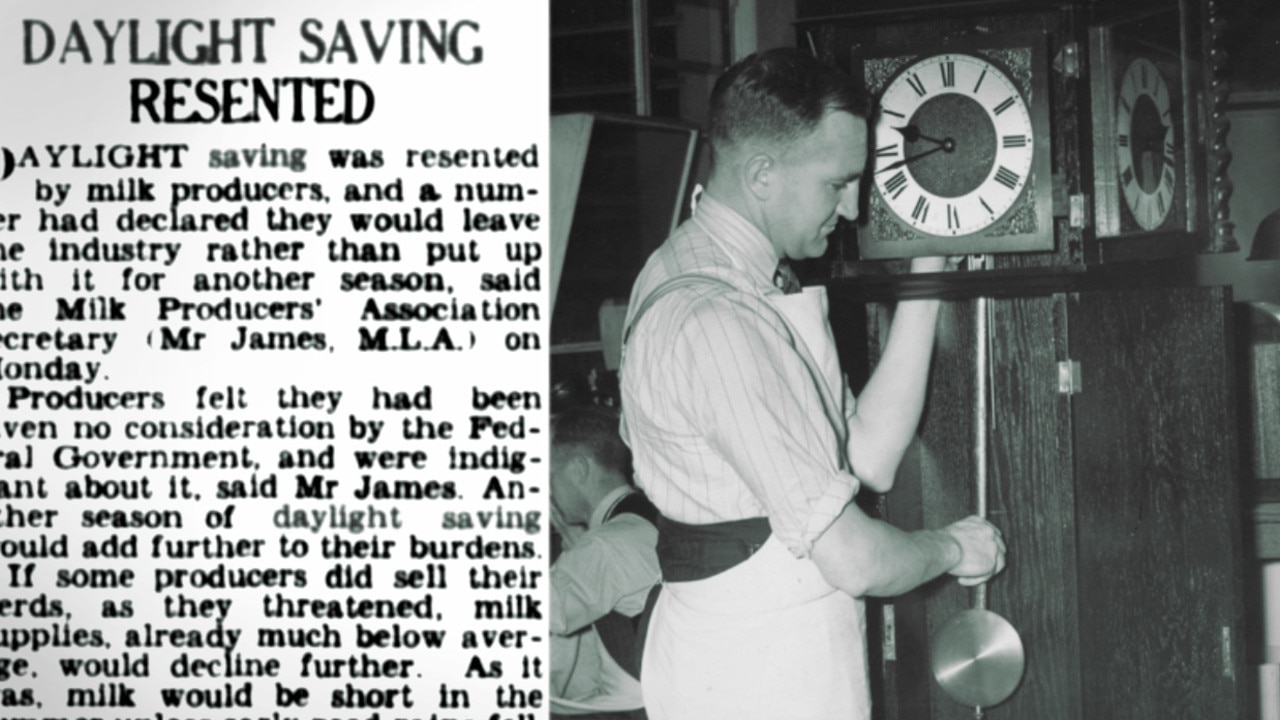
Victoria
Don't miss out on the headlines from Victoria. Followed categories will be added to My News.
Why do we have daylight saving, anyway?
Before we go to sleep on April 1, Victorians will wind their clocks back and claim a welcome extra hour of sleep as daylight saving ends.
Some will check the batteries in their smoke detectors or wonder if we’re due to change prime ministers again, but few will question where this strange ritual came from and what got it rolling in the first place.
The truth is, it started during WWI as a wartime tactic, and was imposed on all Australians, coast to coast, via federal legislation.
It was brought back during WWII and since then each state and territory has gone their own way with the controversial program, which now sees the country split into five separate time zones for much of the year as fierce debate continues about whether the change of clocks is needed at all.

THE LIVING DAYLIGHTS
At Federation, Australia was neatly divided into three time zones for the whole year.
These included the eastern zone of Victoria, Tasmania, NSW, Queensland and the ACT; the central zone of South Australia and the Northern Territory that was half an hour behind the eastern zone; and the western zone of Western Australia that was another hour and a half behind the central zone.
In the late Nineteenth Century, New Zealand postal worker George Hudson had put forward a proposal to wind clocks forward by two hours over summer, so that “daylight leisure would be made available in the evening for cricket, gardening, cycling, or any other outdoor pursuit desired”.
Australia eventually adopted the proposal, but not for the reasons Hudson suggested.
In the throes of WWI, when resources were short, the federal ministry of defence used its powers under the Australian Constitution to lengthen the amount of sunlight at the end of the day by one hour.

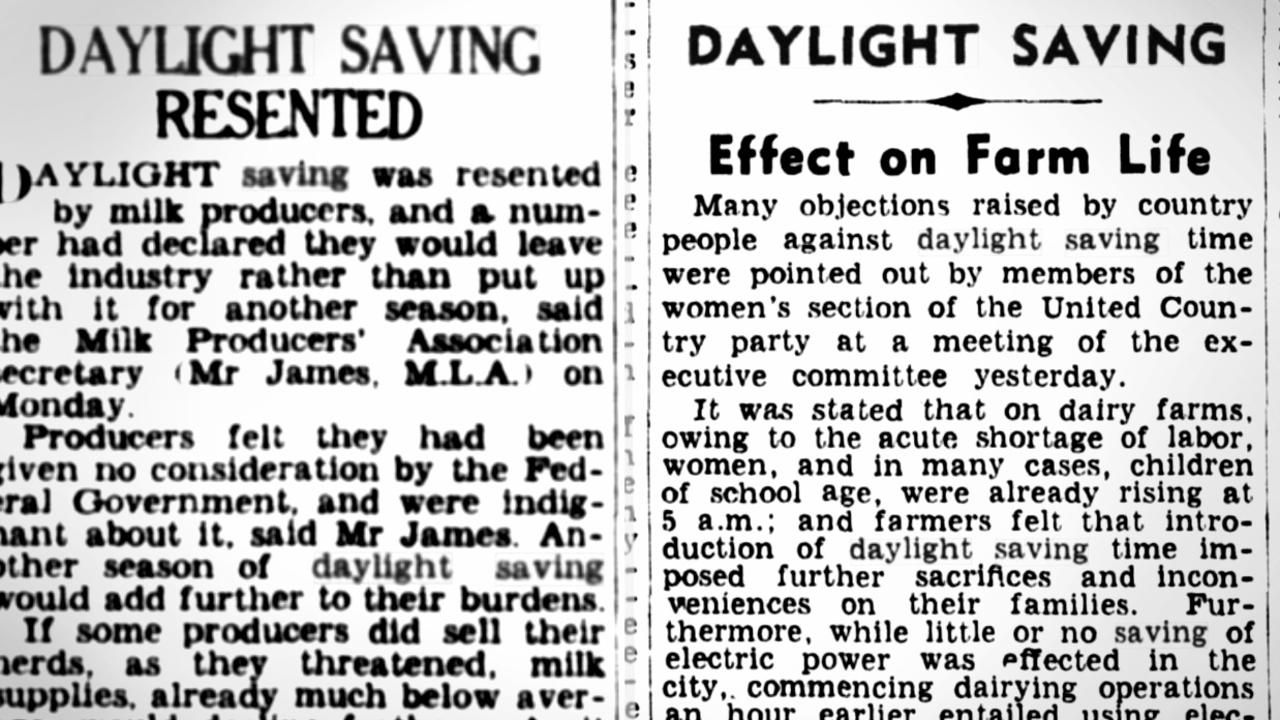
The idea was to lessen the fuel and energy spent lighting up homes and businesses after dark.
Daylight saving was ditched after WWI and revived during WWII for the same reasons.
While many in the city had no problem with the change of hours and even enjoyed the extra sunlight at the end of the day, to farmers it was a nightmare.
By 1943 Victorian dairy farmers, whose lives were set by the rise and setting of the sun, were so thrown out of whack by the change of business hours that many threatened to sell their herds and quit the industry en masse, bringing on a milk shortage.
The changes also wreaked havoc in other sectors including the racing industry.
But daylight saving may have had an unexpected advantage.
With a shorter time between the sunset and bedtime, fewer Melburnians were tempted to keep lights on late at night, which could have spelt death during a time when paranoia about night-time bombing attacks was feverish.
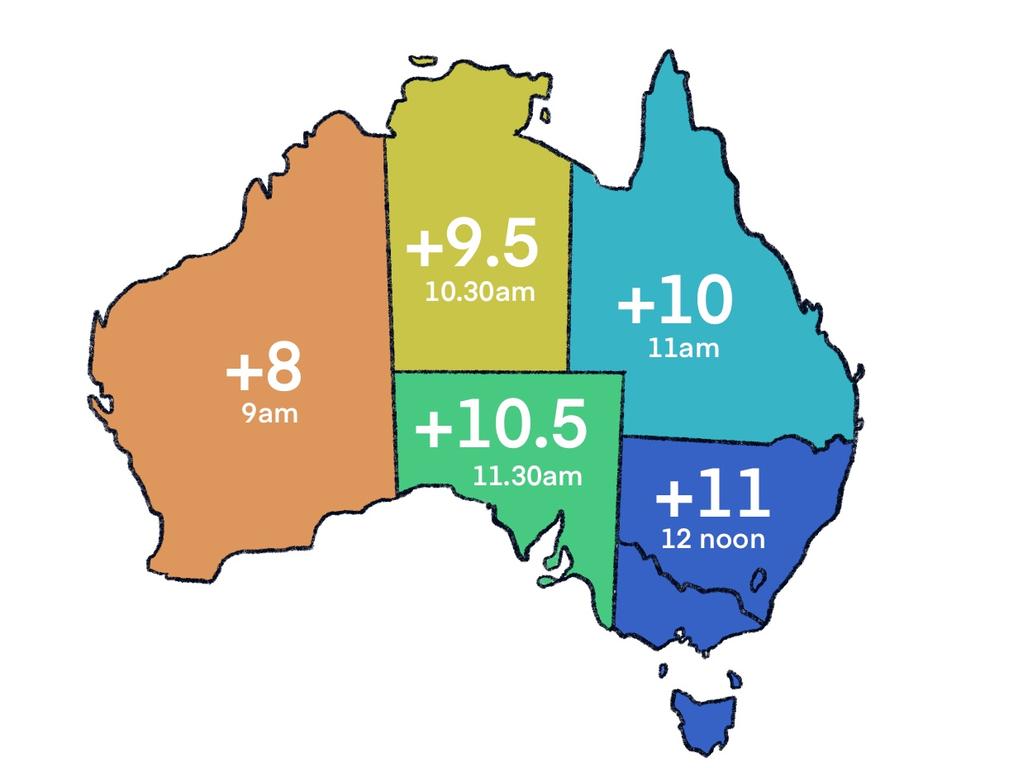
BACKWARDS AND FORWARDS
After WWII daylight saving was scrapped again, until a drought led Tasmania to bring clocks forward over summer in 1967.
Victoria, South Australia, the ACT and NSW then brought it back in 1971.
Queensland, which tried daylight saving for one season in 1971, has had a long history of debate about whether or not to change the clocks.
They even held a state referendum in 1992 about whether to bring daylight saving back, which was defeated by a 54 per cent ‘no’ vote.
Western Australia has had four state referendums on daylight saving - each of which were defeated.
The NT and Western Australia currently keeps their clocks fixed year round.
That means, during the summer, Australia’s original three time zones moves to five, creating some strange anomalies.
At all times of the year, South Australia is half an hour behind Victoria, meaning noon in Melbourne is 11.30am in Adelaide.
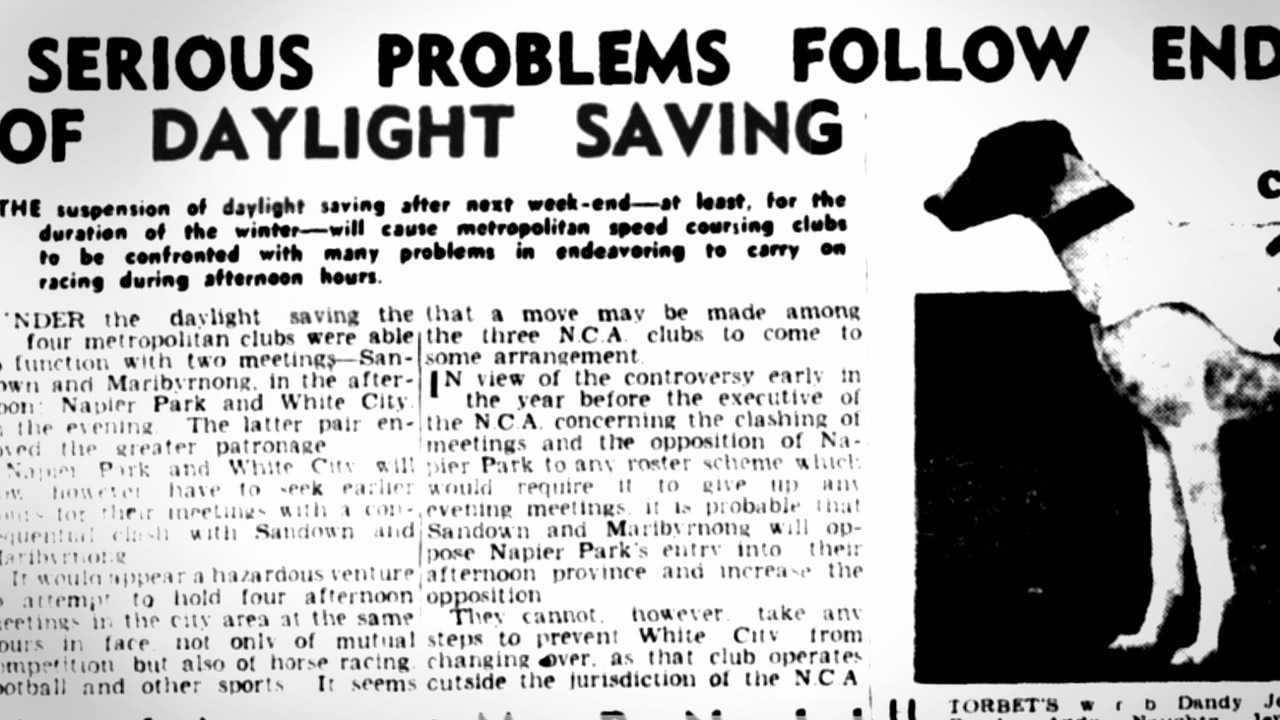
This means, daylight savings or not, a person crossing the border from Victoria to South Australia must wind their watch back half an hour to keep correct time.
It also means you could drive from Nelson on the Victorian side to Mt Gambier on the South Australian side - a trip that takes about 27 minutes - and arrive just before you left.
But if you think that’s weird, spare a thought for the residents of towns such as Tweed Heads and Coolangatta on the border between NSW and Queensland.
For six months of the year, half their patch is an hour behind due to daylight savings.
This leads to a bizarre scenario in which people who live in NSW but work in Queensland can leave work at 5pm and yet make it home well before 5pm, giving them an opportunity to visit shops that would be closed across the border in Queensland.
But it has its downsides.
Imagine making appointments around town and having to constantly check which time zone they are in, and adjust your diary accordingly.
Then when you are finally used to adjusted times across the border to make sure you show up on time, daylight saving ends and everyone’s back in the same time zone again.
Currently daylight saving in Victoria begins at 2am on the first Sunday in October, and concludes on the first Sunday in April at 2am.
More Coverage
Originally published as Mitchell Toy: Surprising origins of Victoria’s daylight saving








